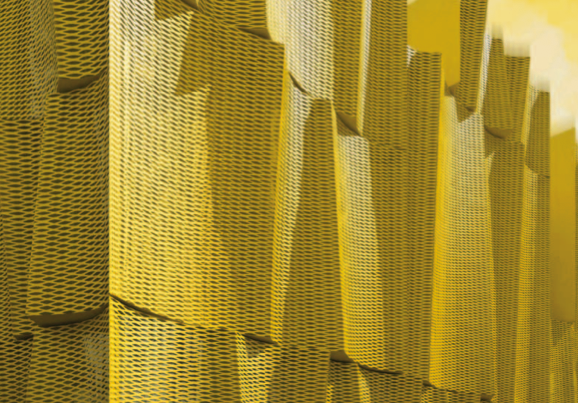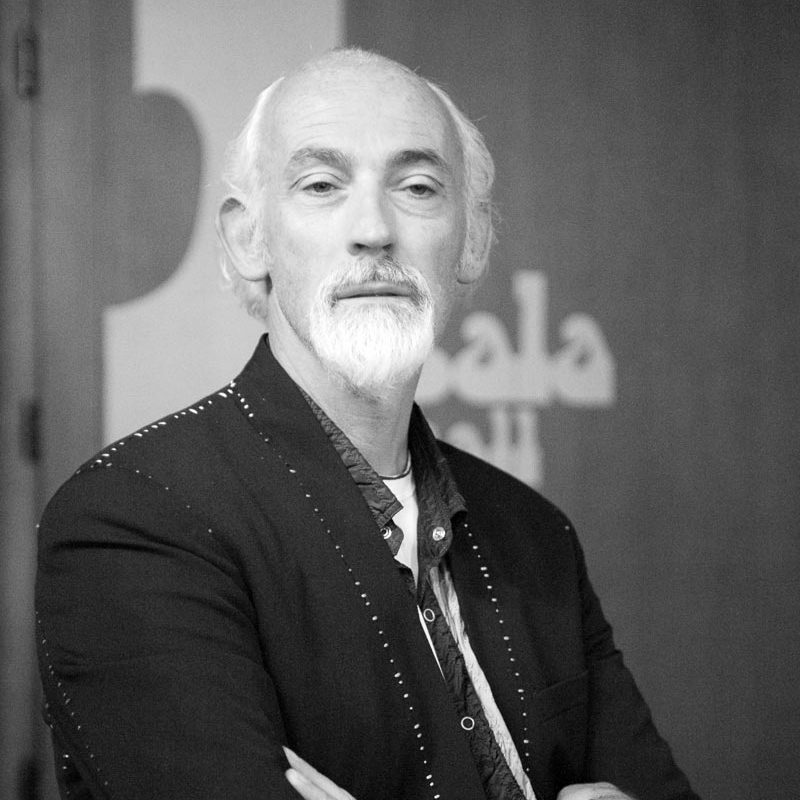
INTERVIEW WITH ENOTA – POLITIKA
SERBIA WILL FACE A CONSTRUCTION BOOM
The Slovenians offered several design projects for our spas that were well received, but somehow, that was all that happened. Architect Dean Lah believes Belgrade has a lot of untapped potential.
Enota is a Slovenian architecture bureau established in 1998 by Aljoša Dekleva, Dean Lah and Milan Tomac who intended to create a contemporary and critical architectural practice of an open type based on collective approach to the development of architectural and urban solutions. Enota’s team of architects focuses
on research-driven design of the environment where study of contemporary social organizations and use of new technologies are interwoven to produce innovative and effective solutions. The result is always a strong connection between built structures and the surroundings. During Belgrade Design Week we had the opportunity to talk to the architect Dean Lah about Enota’s new business plans which might even be related to our country.
It’s fair to say that Terme Olimia in Slovenia, praised by many guests from Serbia, and Terme Tuhelj in Croatia, can be considered your great professional success. Tourists are usually delighted by the experience. Is it possible to design something similar in Serbia, which is abundant in thermal waters?
First of all, thank you for the kind words. It’s always nice to hear that guests feel good in buildings we design. After all, we do it for them. As for Serbia, of course it’s possible! We started talking with some of the owners of your spas several times, but so far, everything ended after the initial negotiations. We made several preliminary designs that were well received, but somehow, that was all that happened. We always went to those meetings together with investors from Slovenia, who also believed Serbia has a potential for thermal tourism. For that to happen, an agreement must be signed with local authorities, and at that point, things always fall through! So far we had the most promising meetings in Inđija and Palić. In the latter project a strategic partnership agreement was already signed with your government, but in the end, even that wasn’t enough for the project to materialize.
Is your work mainly focused on tourist centers with certain potential in terms of natural resources, spaciousness and beautiful landscapes, or do you have other ambitions as well?
Of course our work is not focused only on tourism. We do many different projects because we don’t believe in narrow specialization. But, like in any other business, when you enter a certain field in which you prove to be successful, then other options begin to appear in the same area. Tourism has another characteristic: the buildings are open to a wider audience and many people can judge your work. That implies greater responsibility but also an opportunity to find a new investor. We seek new challenges whenever possible. Aside from hotels and thermal complexes we also designed several residential buildings, private houses, office buildings, sports and public facilities, city squares, warehouses and industrial halls… We believe that it’s important for architects to work on different projects, if they have the opportunity. That way, you are able to compare solutions from different environments, which can improve your overall work.
What does Belgrade look like from your point of view? What are its strengths and weaknesses?
For us, Belgrade has always had some kind of power, an unique charisma. That’s why we have been coming here for over twenty years and are always happy to have a reason to come again. That energy, which you can feel walking down the streets of Belgrade, is its greatest strength. Since you are asking me to point out the weaknesses, I will focus on architecture, because that is my area of expertise. I don’t know how you see it, but for us who come from the outside it seems as if the architecture has somehow frozen in the past twenty years. Of course, there are new projects and revitalized parts of the city which managed to bring something new and fresh, but nevertheless, I feel that Belgrade has many untapped potentials.
Are you likely to design a project in our capital?
We hope so.,.
How would you compare Serbia and Slovenia in terms of architecture and design?
I think our countries have chosen different strategies. In architecture, Slovenia has been moving very rapidly in the last twenty years. After the eighties, when there was hardly any construction, after the disintegration of Yugoslavia, we suddenly started to build extensively. With that “construction boom”, and without great architecture bureaus which closed during the eighties, many “younger” studios opened and, constantly comparing themselves to the competition, they even managed to make some architectural breakthroughs. In the past few years Slovenian architecture has been noticed outside national borders. Today, when the prospects for construction are no longer that good, it seems that everything has somehow come to a halt. And that is exactly where I see the opportunity for Serbia. In my opinion, Serbia has yet to experience that “boom”. These are all normal cycles which repeat in all European countries. Just look at the current situation in Spain.
What are your future plans? Are you thinking about Serbia, maybe?
We have plans for Serbia and for other countries. It is commonly known that Slovenia has been experiencing a recession for the past few years, unofficially, maybe even the entire time, and that certainly affects the construction industry. That was a wake-up call for us, so we started looking for business opportunities abroad.
Trackback from your site.
